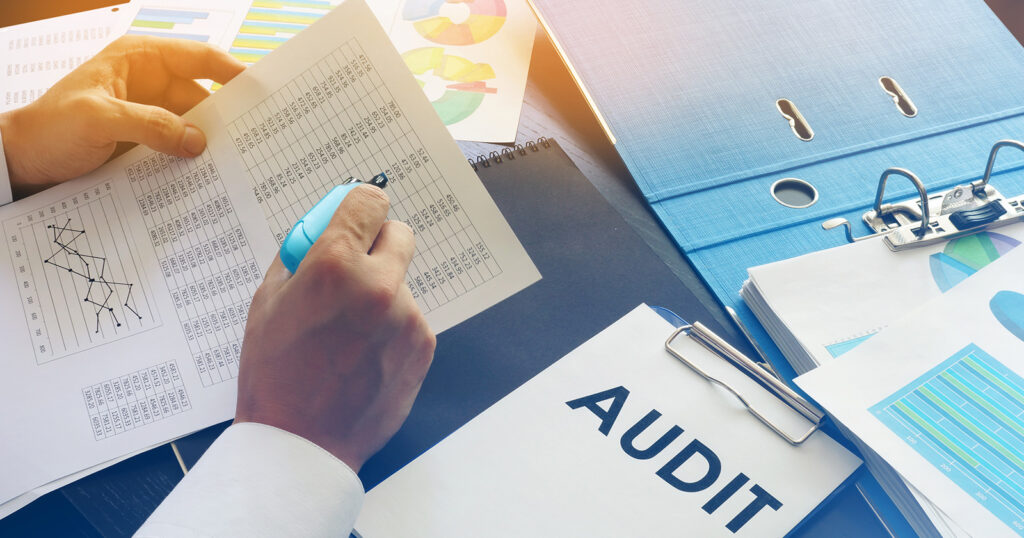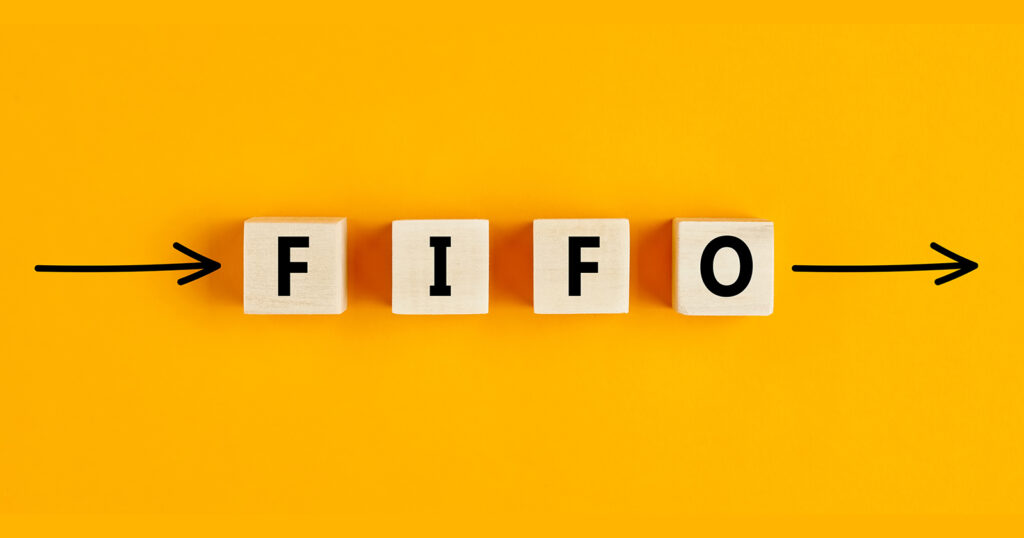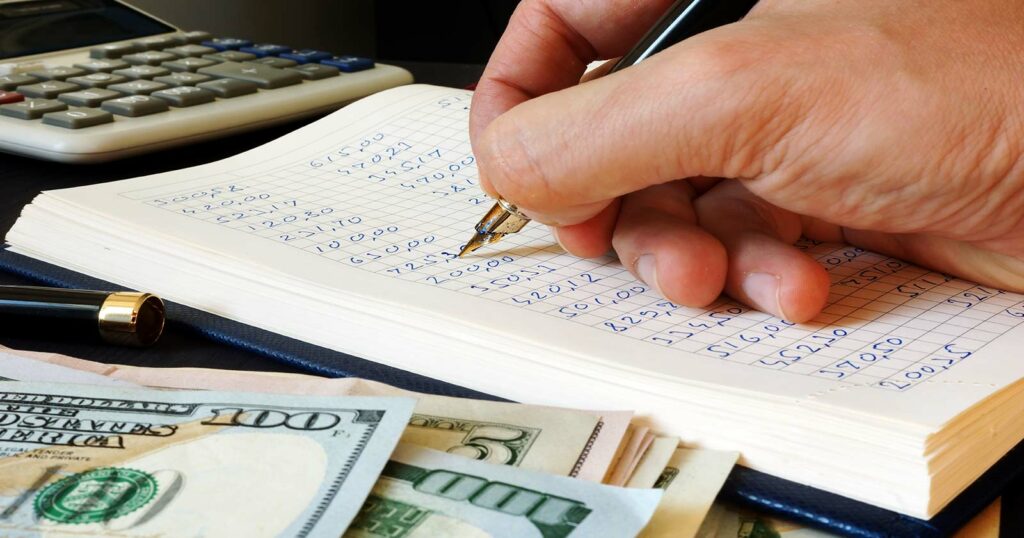Whether you’re an accountant working for a company or a business owner, there’s many accounting concepts that you need to retain. Amortization is one of the topics you should master at an early stage. There is no doubt you will be encountering amortization of assets at some point in your career or asked to calculate amortization. In this article, we will explain everything surrounding the concept of asset amortization.

What Is Amortization?
When we talk about amortization, it can be related to the amortization of an asset or the amortization of a loan. We will look into what amortization is in both instances.
- Amortization of an asset
The concept of amortization is to spread the cost of an asset throughout the expected life of the asset. This way, the cost of usage of the asset is fairly represented. An asset can never keep their full value, as soon as we start using an asset, the value of the asset starts to decrease due to wear and tear. Amortization is specifically applicable for intangible assets, which are assets that do not have any physical substance. For example, trademarks, softwares, patents or copyrights are all considered intangible assets. An intangible asset is initially recognized at cost in the assets on the balance sheet. Every year, amortization expense is recorded on the income statement as a debit and the credit goes to accumulated amortization which is a contra asset account decreasing the value of the intangible asset account.
- Amortization of a loan
Amortization can be used in the concept of loans. This is a more familiar concept for people having mortgages for example. With loans come amortization schedules which reflect the beginning balance of a loan adjusted by principal repayments, any interest payments to arrive at the ending balance of a loan. The schedule will be shown in the frequency of repayment of the loan, for example, on a monthly or weekly basis. The purpose of the amortization of a loan is to reflect the decrease in the value of a loan over time. Generally speaking, the interest portion is higher at the beginning and decreases over time once a bigger portion of principal has been repaid to the lender.
Since the amortization of a loan is more specialized in the banking industry, we will be focusing on exploring the topic of amortization of an asset in this article, which is a popular accounting concept across a wide range of industries.
Read More:
Units of Production (Depreciation Method Explained)
How To Calculate Amortization

In order to amortize intangible assets, the straight-line method is typically used. In the straight-line method, the cost of the intangible asset is spread evenly across its expected useful life. This means that the amortization expense is the same year on year.
The key data points needed to calculate the amortization of an intangible asset is:
- The initial cost or value of the asset
- The expected useful life of the asset
The formula used in calculating the amortization once the 2 data points above obtained is the following:
Initial cost of the asset
Useful life of the asset
Refer to the example section later in this article to get a clear idea of how the formula works.
Read More:
How to Calculate Depreciation Expense: Straight Line Method
Amortization vs Depreciation: Is It The Same Thing?
Both amortization and depreciation refer to the process of expensing the cost of an asset over the lifetime of the asset.
The main and key difference between the two is that amortization is applicable to intangible assets while depreciation is applicable to tangible assets (meaning physical assets such as plant, equipment, cars, etc).
Some other differences can be seen in the table below but the main concept behind amortization and depreciation remains the same:
| Amortization | Depreciation |
| Applies to intangible assets. | Applies to tangible assets. |
| Generally use the straight line method to calculate the expense, meaning that the amortization expense is the same throughout the useful life of the asset. | Many methods can be used to depreciate a tangible asset, such as the straight line method, declining balance method, double-declining balance method, sum of years or units of production method. Some methods for tangible assets are accelerated which allow a bigger portion of the depreciation expense to be taken at the beginning of the useful life. |
| Main goal is to spread the cost of the intangible asset over the useful life. | Main goal is to reduce the value of the asset to account for its usage or wear and tear. |
| The concept of salvage value isn’t applicable in amortization. | Tangible assets can have salvage value (or residual value) at the end of their useful life. |
Amortization Example
Let’s take the example of Carl’s Construction Company (“CCC”). CCC developed a unique system to quickly install kitchen counters and obtained a patent for its new technology. The patent is good for 20 years and costs $150,000. To determine the annual amortization expense, the following formula is used:
Initial cost of the asset: $150,000
Useful life of the asset: 20 years
The above formula arrives at a yearly amortization expense of $7,500. As such, every year, the following entry will be made in CCC’s books:
| Debit | Credit | |
| Amortization expense | $7,500 | |
| Accumulated amortization | $7,500 |
The accumulated amortization account will decrease the value of the patent every year until the asset reaches zero value after 20 years.
The Bottom Line: Amortization
If you are familiar with depreciation, then you should understand amortization pretty quickly. It’s essentially the same concept applied to intangible assets. The biggest thing to remember is that while tangible assets have multiple depreciation methods that can be used to determine the depreciation expense, for intangible assets, the amortization is determined using the straight line method, which spreads the cost of the intangible asset throughout its useful life. Also keep in mind that for intangible assets, there’s no salvage value to take into consideration so it essentially makes the calculation of amortization pretty simple.



